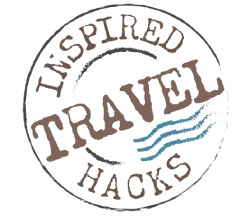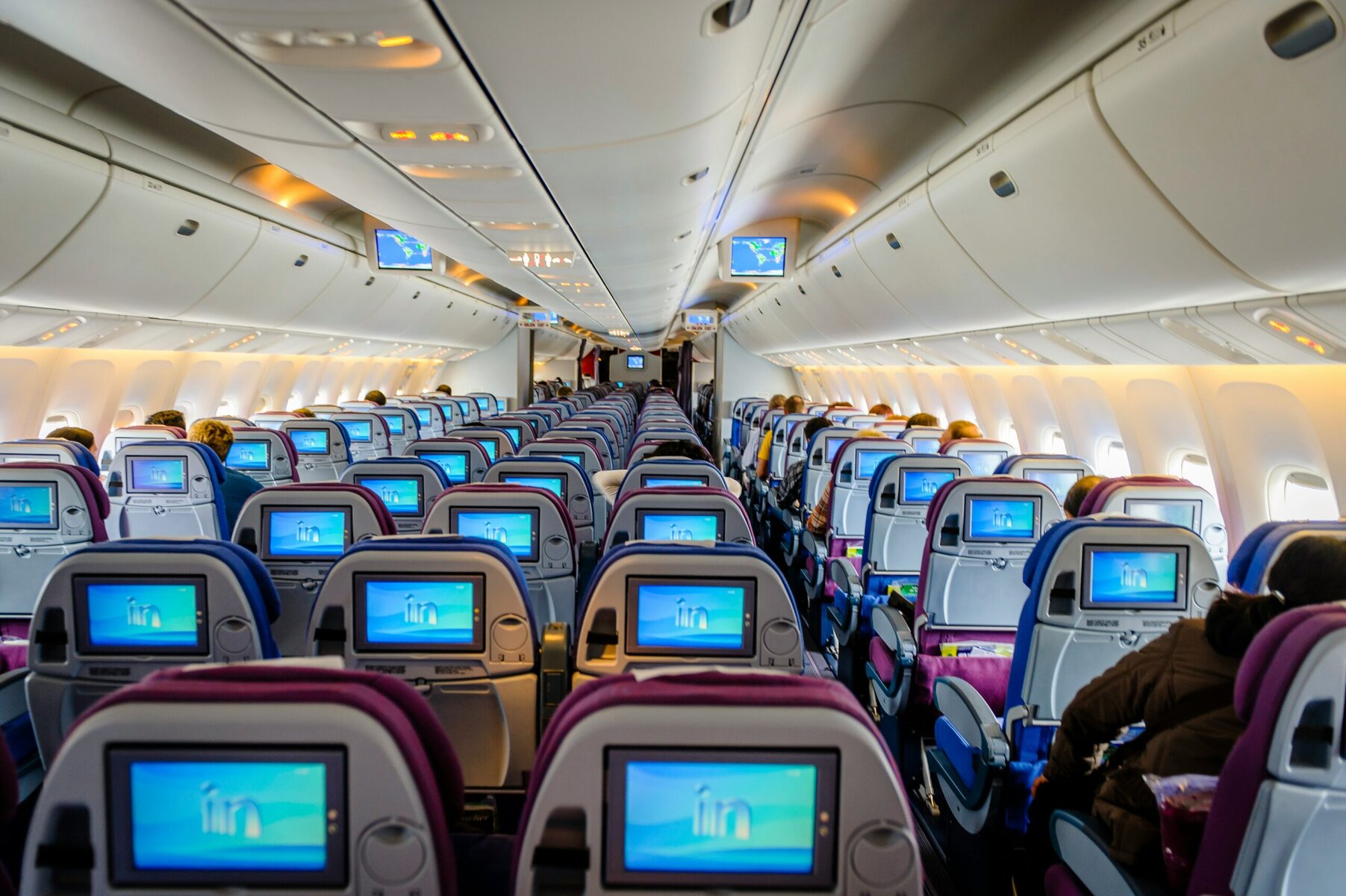
How To Choose The Best Seat On A Plane
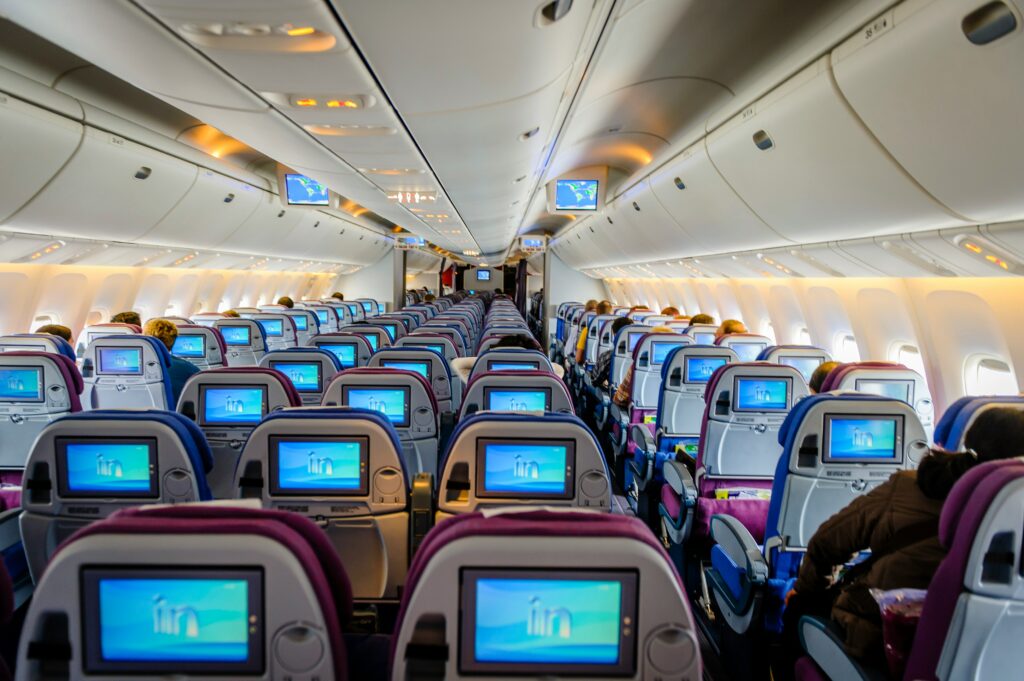
Choosing the best seat on a plane can feel surprisingly overwhelming. Window to aisle or front and back, it’s easy to get lost in the decision-making process. But at the heart of it, seat selection comes down to your personal needs for that specific flight. Whether you are planning to get some work done, rest, or keep things smooth when traveling with kids, it’s all about tailoring the seat choice to what matters most to you. This blog post will guide you through how to choose the best seat on a plane, helping you make an informed decision that ensures a comfortable and stress-free travel experience.
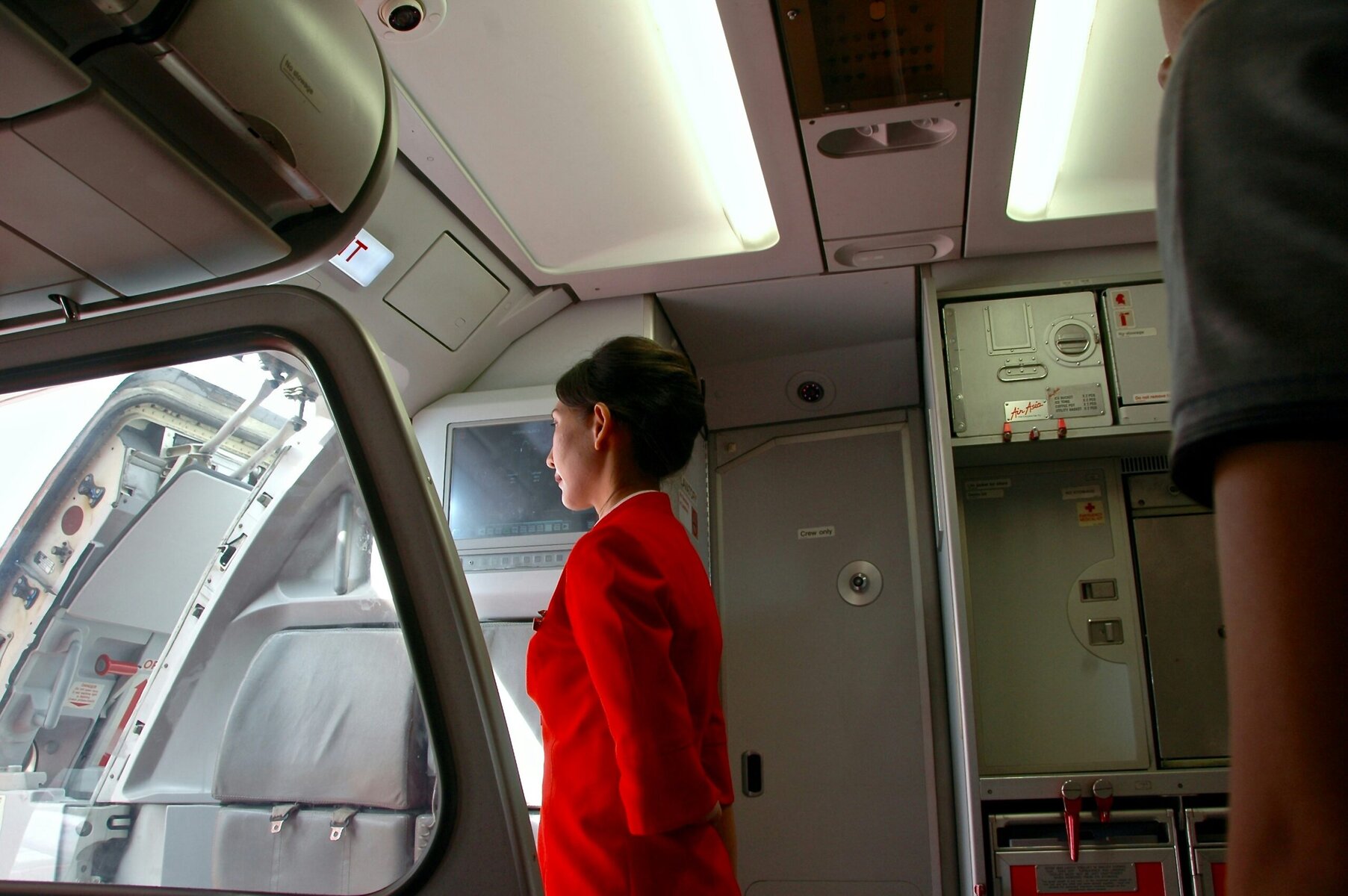
Understanding Your Seat Options: Aisle, Window or Middle
Choosing between an aisle, or window can be a tough decision. Each seat type comes with its own set of pros and cons, and the right choice depends on your personal needs for the flight. Here’s a closer look at what to expect from each option to help you decide.
Aisle Seats
The aisle seat is better if you need to need a bit more movement during your flight. You’ll have easy access to the restrooms and can stretch your legs more freely without disturbing your neighbours. If you’re someone who hates feeling confined, this is a better option. However, the downside is that you’ll likely face interruptions from fellow passengers and flight attendants passing through the aisle, especially on a busy flight.
Best For – Flyers that need to move around, need frequent restroom access, or want to avoid feeling boxed in.
Window Seats
The window seat of course is a favourite for those that enjoy a view while flying. It’s also the go-to choice if you want to rest, as you can use the wall to rest your head for a better sleeping position, plus you won’t be disturbed as much by passing passengers. On the flip side, getting out of your seat can be a hassle as you’ll need to disturb the people sitting next to you.
Best For – Flyers who want to sleep, admire the view, or prefer fewer interruptions during the flight.
Middle Seats
The middle seat gets the least love, and for good reason. It can feel cramped, sandwiched between two fellow passengers. That said, it might work if you’re travelling with friends or family.
Best For – Families or groups travelling together. A good option when travelling as a family, with children, as you can often lift up the armrest for a bit more space.
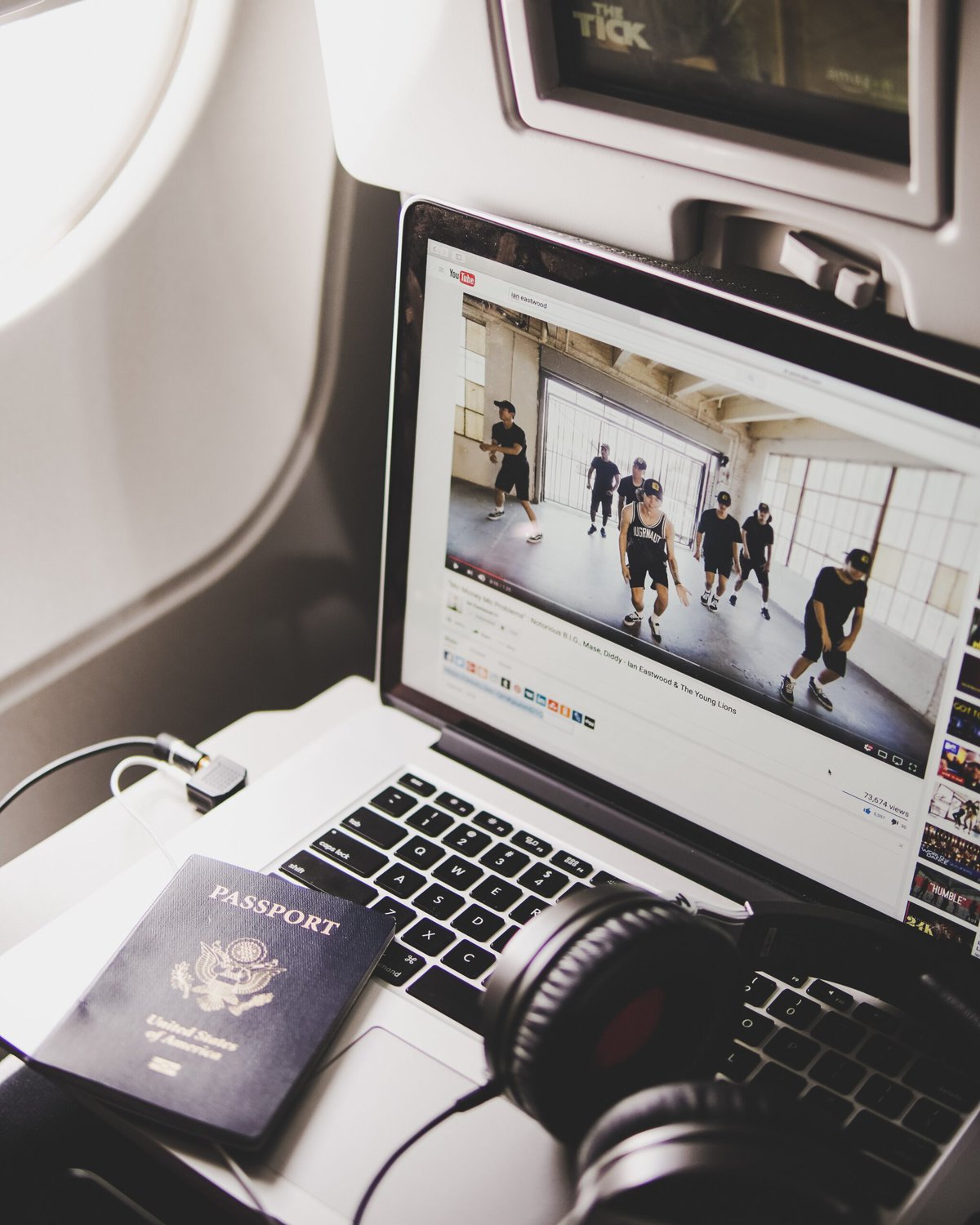
The Best Seat On A Plane For Working
Choosing the right seat on a plane can make all the difference if you plan to get some work done during your flight. Here’s what to consider when selecting the best seat on a plane for working:
Access to Power Outlets
Check the airline’s seat map or use tools like SeatGuru to confirm which seats are equipped with power outlets.
Minimal Distractions
To stay focused, opt for a seat away from high-traffic areas, such as the galley or restrooms. Seats towards the front of the cabin are generally quieter and may have fewer disruptions. Window seats are best for reducing mid-flight interruptions since you won’t have to move for others needing to access the aisle.
Good Lighting
Good lighting makes a big difference when working on a plane. Window seats provide natural light during daytime flights and allow you to adjust the window shade to manage the amount of light.
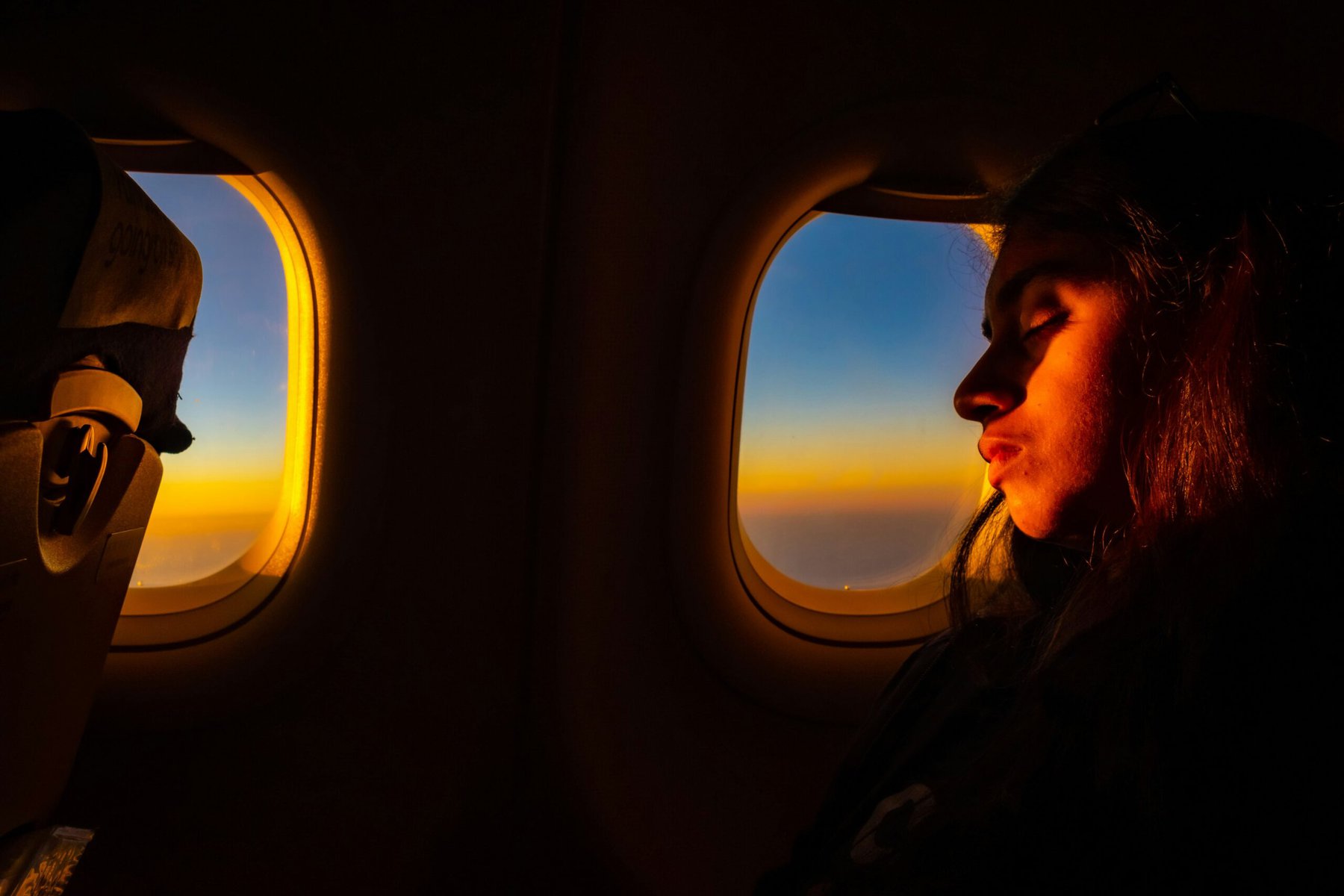
The Best Seat On A Plane For Sleeping
If catching some sleep is your main goal on a flight, choosing the right seat can make all the difference. Factors like noise, light, and recline options play a big role in determining where you’ll get the most rest. To maximise your chances of getting sleep, here are some considerations for finding the best seat for sleeping:
Go For The Window Seat
When it comes to sleeping, window seats are often the clear winner. With a window seat, you have something to lean against, which can make nodding off much easier. Plus, you’re tucked away from the aisle, so you won’t be disturbed by people walking by or flight attendants. You’ll also be able to use the window shade, which allows you to block out light.
Why It’s Ideal: Provides a solid surface to rest your head, avoids aisle disruptions, and lets you manage light levels.
Think About Seat Recline
Seats that offer a good recline are essential for getting comfortable, especially on long-haul flights. Be careful when choosing seats that are in the emergency row or last row, as these seats may have limited recline.
Check online tools like SeatGuru to see which rows offer better recline potential.
Avoid seats in the last row of the plane, as they often don’t recline at all.
Choose Seats Away from Noise
To avoid disruptions, aim for seats located farther away from noisy areas like the galley and restrooms. Seats toward the middle or front of the aircraft generally experience less noise than the rear.
Why It’s Ideal: Sitting away from high-traffic areas reduces the risk of interruptions and helps create a quieter environment.
Avoid Middle Seats
The middle seat is the enemy of restful sleep. With nowhere to lean and a high likelihood of being jostled by passengers on either side, it’s a recipe for discomfort. If you can, pay a little extra to select a window or aisle seat instead of risking being stuck in the middle.

Best Seat On A Plane For Legroom
For taller travellers finding a seat with ample legroom can be a game-changer. While standard economy seats may feel cramped, certain seat locations can offer more space to stretch out. Here’s where to look if legroom is your priority:
Bulkhead Seats
Bulkhead seats, located at the front of a section or near a dividing wall, often provide a few extra inches of legroom since there is no seat directly in front of you. These are often the most popular seats. However, keep in mind that these seats sometimes come with trade-offs, like fixed armrests or no under-seat storage.
Why It’s Ideal: Offers more space for your legs and eliminates the risk of a reclining seat encroaching on your personal space.
Exit Row Seats
Exit row seats are another great option for extra legroom. These seats are specifically designed with extra space to allow for quick evacuation in case of an emergency. However, you’ll need to meet certain requirements, such as being able to assist in an emergency, and some airlines enforce age restrictions for these seats. Furthermore, you cannot reserve these seats as they get released or allocated much later or at the gate. Also, note the trade-offs, such as limited recline to ensure the exit is clear, and you might feel colder near the exit doors.
Why It’s Ideal: Provides significantly more legroom.
Opt For Extra-Legroom Seats
Many airlines now offer seats with extra-legroom seats for a fee. These seats are typically located in prime areas of the cabin, like at the front of sections or near exits. If comfort is a priority and you’re willing to spend a little more, this option is a great choice.
Seats To Avoid
Steer clear of rows near the back of the plane or those immediately in front of exit rows. These often have reduced legroom or limited recline, making them some of the least comfortable options. Additionally, aisle seats, while convenient for movement, may feel less spacious if people frequently pass through the aisle.
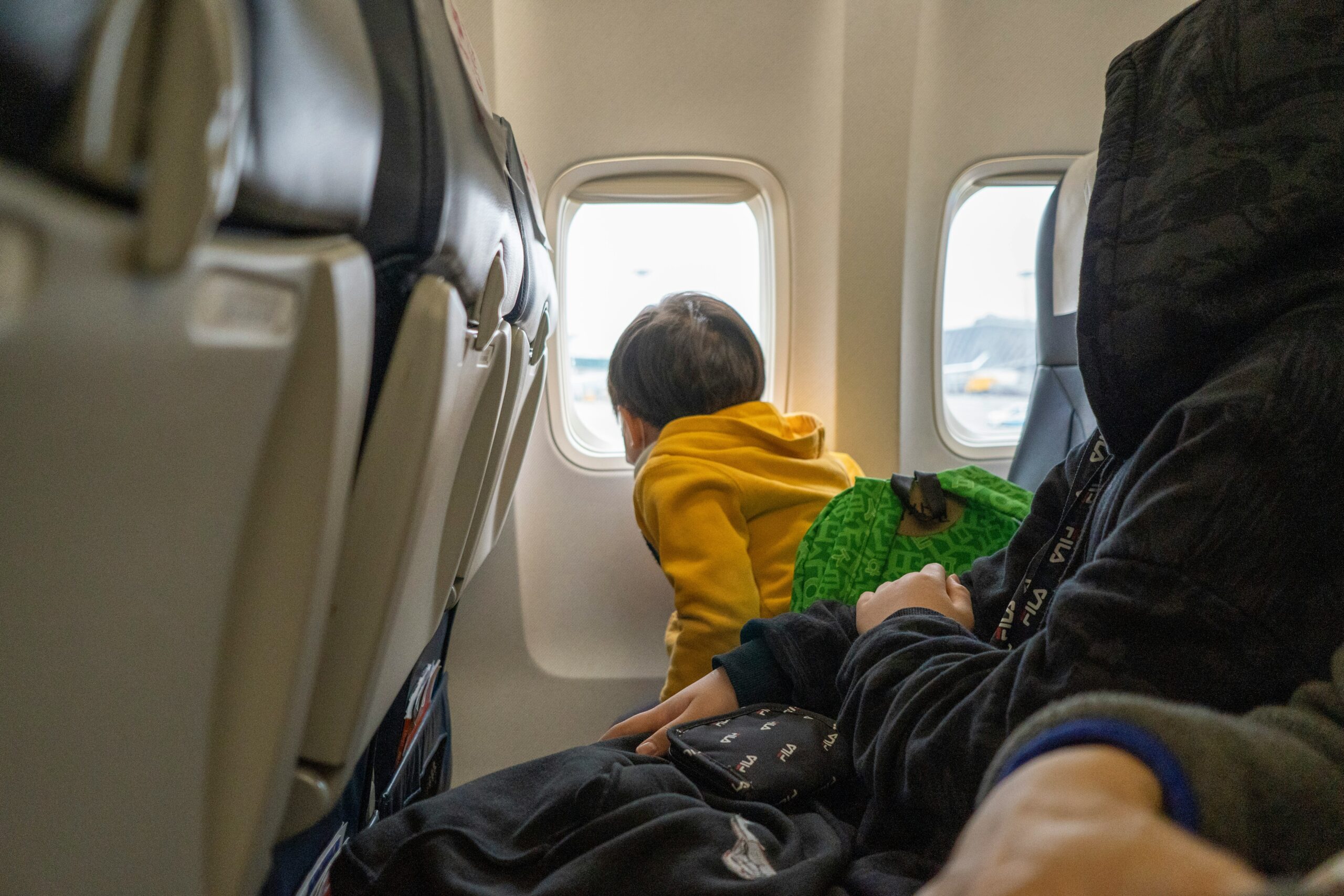
Best Seat On A Plane When Travelling With Kids
Whether you’re travelling with a baby, a toddler, or older kids, these are the best options for picking seats that work best for your family’s needs.
Bulkhead Seat For Extra Space
With no seats directly in front of you, these rows tend to offer more room, giving little ones space to move or play. They’re also great for using bassinets or keeping diaper bags and toys easily accessible. However, remember that there’s no under-seat storage in bulkhead rows, so you’ll need to rely on the overhead compartments to stow your belongings.
Why It’s Ideal: A bit more space for kids, plus space for a bassinet.
Proximity To Restrooms
Choosing seats close to the restrooms can be a good thing when travelling with young children. Quick access makes diaper changes or emergency bathroom trips much easier. Look for seats near the middle or rear of the plane where restrooms are usually located, but aim for a row or two away to avoid constant foot traffic or noise.
Why It’s Ideal: Cuts down on frantic dashes to the restroom with kids in tow. But note, that restrooms can be noisy and may cause extra disruptions during the flight.
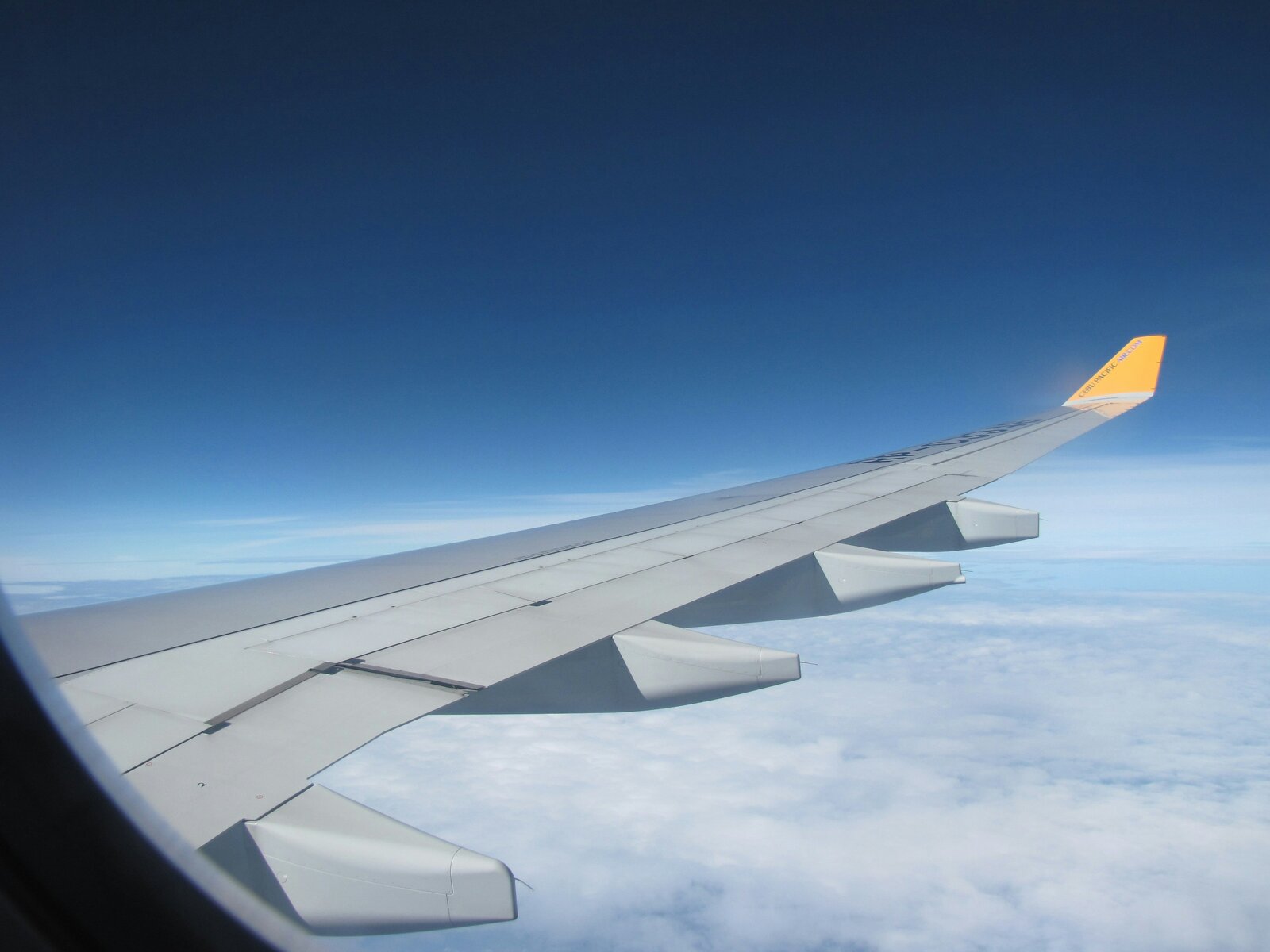
Best Seat For Avoiding Turbulence & Nervous Flyers
While no area of the plane is completely immune to turbulence, here are best seats on a plane to help minimise this:
Sit Over the Wings
Seats located near the wings of the plane tend to feel the least amount of motion. This is because the wings are close to the plane’s centre of gravity, which adds stability even during turbulence. Think of it like sitting in the middle of a seesaw rather than at the ends; there’s less up-and-down movement.
Why It’s Ideal: The most stable part of the plane, reducing the sensation of dips and bumps.
Avoid the Back of the Plane
The rear of the plane tends to exaggerate the effects of turbulence. If you’re seated toward the back, you’re more likely to experience the full extent of any sudden movements. Stick to middle or forward sections of the cabin to minimise the sensation of jostling.
Sit by the wing to minimise turbulence for a smoother flight experience.

Use Seat Maps & Tools To Find The Best Seat
Online seat maps and tools, like SeatGuru, are game-changers for travellers. Here’s how to get the most out of seat selection tools and avoid any unpleasant surprises.
Leverage Online Seat Maps
When booking your flight, most airlines offer seat maps that show the layout of the plane. These maps can give you a solid idea of where the desirable seats are, such as those with extra legroom, proximity to restrooms, or even optimal views. Keep an eye out for symbols or notes such as seats with limited recline.
Use Tools Like SeatGuru
For even more detailed advice, tools like SeatGuru provide in-depth seating charts with passenger reviews. After entering your airline and flight number, SeatGuru highlights seats with features, like extra legroom or power outlets.
One of the biggest perks of using seat maps and tools is flagging problem areas before you’re stuck in them. Here are a few common issues to watch out for:
Near the restrooms: These areas tend to be noisy and have higher foot traffic.
Limited Recline: Many maps note when a seat is positioned against a bulkhead or exit row, restricting how far it can lean back.
Under-the-Seat Storage Space: Some bulkhead or exit row seats lack space for personal items due to missing under-seat compartments.
Why It’s Helpful: Allows you to make informed decisions with detailed feedback from experienced travellers.
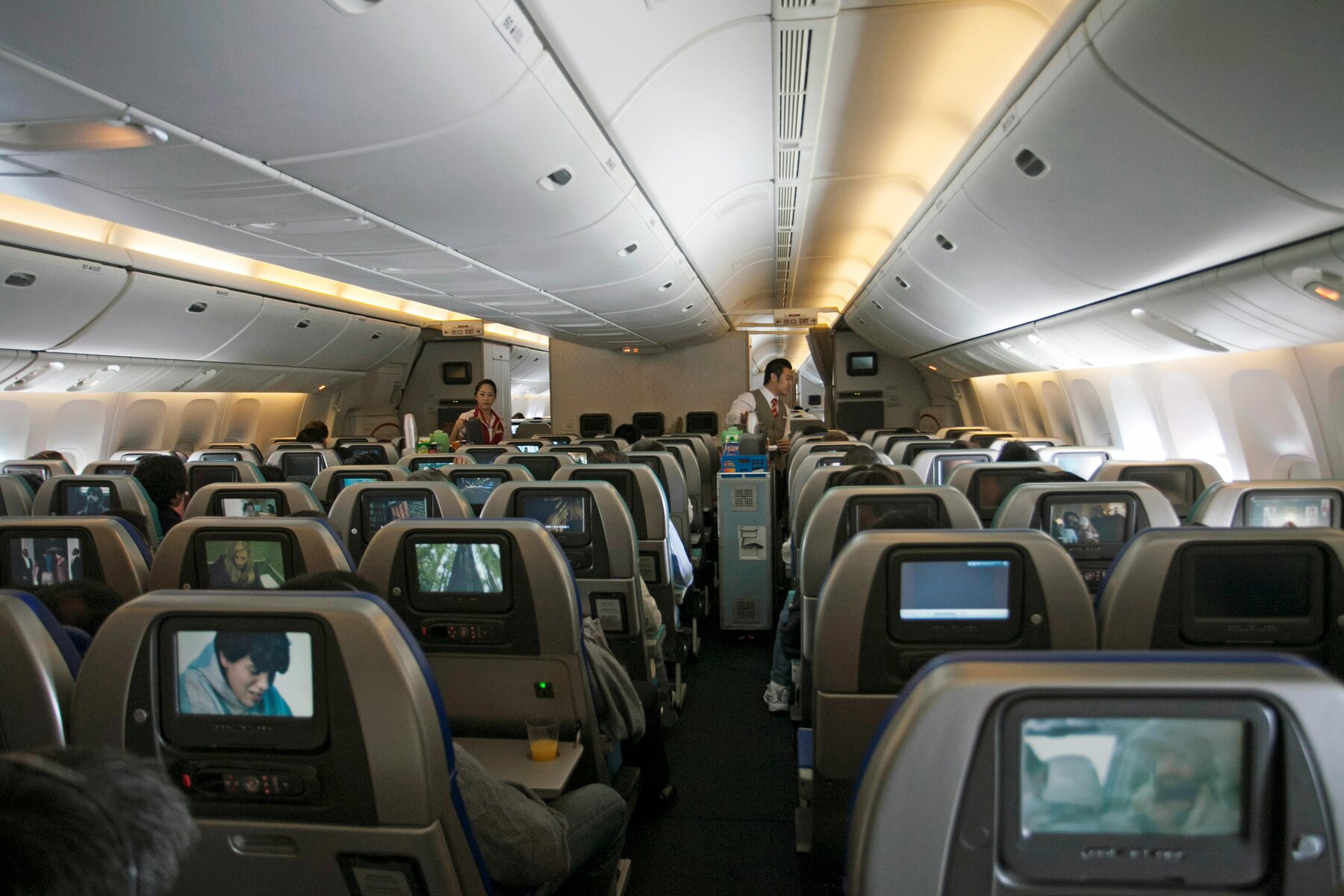
So To Wrap Up On How To Choose A Best Seat On A Plane…
Choosing the best seat on a plane doesn’t have to be a guessing game. By considering your priorities and using tools like seat maps to plan ahead, you can turn your flight into a more comfortable and enjoyable experience. Whether you’re travelling with kids, aiming to avoid turbulence, or just want a catch up on work, the right seat makes all the difference. Remember, the best seat on a plane is the one that fits your needs. So take a little time before your next flight to choose wisely.
Useful FAQs
How Far In Advance Should I Choose My Seat
Many airlines allow passengers to select seats during the ticket purchase process, giving you an early pick of available options. Booking your seat early ensures you secure the spot that best suits your needs, whether it’s extra legroom, a window seat for rest, or an aisle seat for convenience.
If you weren’t able to choose your seat at the time of booking, check back periodically. Also, airlines often release additional seats closer to the departure date as the seating chart finalises. Tools like SeatGuru or your airline’s app can help you review seat maps and identify the best remaining options.
Planning ahead and staying proactive about your seating choice can make your flight far more comfortable and meet your travel needs.
Should I Pay Extra To Choose My Seat
Paying extra to choose your seat can be worthwhile, but it largely depends on your priorities and travel situation. Here are the key benefits of paying for seat selection:
- Secure Your Preferred Location: If you have a specific seating preference, such as a window or aisle paying for selection ensures you get it.
- Extra Legroom or Comfort: Many airlines offer premium seating options, like exit rows or bulkhead seats, which provide more space and comfort.
- Sit with Companions: If you’re travelling with family or friends, paying for adjacent seats guarantees you’ll stay together, avoiding the inconvenience of being scattered across the cabin.
- Enhanced Experience on Long Flights: On long-haul flights, securing a comfortable seat can significantly improve your flight experience, making the extra payment more justifiable.
However, there are times when it might not be necessary to pay extra:
- Short Flights: For flights under an hour or two, where comfort isn’t as crucial, it may be sufficient to stick with a randomly assigned seat.
- Travelling Solo: If you’re flying alone with minimal preference for seat type or location, skipping the selection fee might not impact your overall experience much.
- Low-Occupancy Flights: On less crowded flights, you may still have a good chance of securing a decent seat during free selection at check-in.
If you choose not to pay, checkin promptly when your flight opens (usually 24–48 hours before departure) and this can help improve your chances of landing a better seat.
Ultimately, paying extra for seat selection comes down to how much value you place on comfort, convenience, and control over your flying experience. Consider your budget, the length of your flight, and your personal preferences to make the best choice.
Are Upgrades Worth It
Whether an upgrade is worth it depends on several factors, including your priorities, budget, and the specifics of your flight. Here’s a breakdown to help you decide:
Benefits of Upgrading
- Enhanced Comfort: Upgrades often mean larger and more spacious seats, extra legroom, and the ability to recline further. On long-haul flights especially, this can make a significant difference in reducing fatigue and jet lag.
- Better Service: Premium cabins come with elevated service, including, priority boarding. The experience often feels more personal and tailored.
- Additional Amenities: Depending on the airline and class, you may enjoy perks like upgraded meal options, complimentary beverages, amenity kits, on-demand entertainment, and access to airport lounges. Business and first-class passengers have the most luxurious benefits.
- Privacy and Quiet: Premium and business-class cabins are going yo be quieter and less crowded than economy, providing a more relaxed atmosphere for rest or work.
Factors to Consider
- Flight Duration: For shorter flights, the differences between economy and an upgrade may be less significant, and the additional cost might not feel justified. However, for long-haul or red-eye flights, the added comfort and amenities can be invaluable.
- Budget: Upgrades can significantly increase the cost of your flight. If the price is a stretch for you, consider whether the added benefits align with your priorities for this particular trip.
- Purpose of Travel: Are you flying for leisure or business? A relaxed, comfortable flight might be worth it if you need to arrive refreshed for a meeting or special occasion. For short vacations or budget-conscious travellers, saving money might have a higher priority.
- Availability of Deals: Upgrades don’t always have to come at full price. Airlines sometimes offer last-minute upgrade opportunities or discounted rates during check-in. Keep an eye out for these deals if you’re open to the idea of upgrading but don’t want to commit to the higher cost upfront.
When It Might Not Be Worth It
- Low-cost Flights: If your flight is already inexpensive or only an hour or two long, an upgrade might not provide enough of a value boost to justify the extra cost.
- Empty Economy Cabins: On less crowded flights, you’re more likely to find extra space or an empty row in the economy class, reducing the need for an upgrade.
Ultimately, deciding if an upgrade is worth it comes down to your own preferences and circumstances. If you value comfort, convenience, and the little luxuries of premium travel, an upgrade might be a good choice. However, if you are looking to stay within budget or who are okay with basic amenities, it might make sense to stick with your original seat.
What’s The Best Way To Sit Together When Travelling As A Group
Sitting together as a group on a flight takes a bit of planning. Whether you’re travelling as a family or with a group of friends, here are the best ways to ensure everyone stays seated together:
Book Early and Select Seats Immediately
The earlier you book your flight, the better your chances of finding seats together. Many airlines allow you to select seats during the ticket purchase process. Prioritise this step to secure adjacent seats before the plane fills up. If seat selection isn’t available at the time of booking, review your airline’s website regularly for updates.
Use Group Booking Features
For larger groups, many airlines offer group booking options. These allow you to make a single reservation for all members of your group, often with added benefits like reserved seating. Contact the airline to inquire about their group travel policies.
Check in Early
Online check-in usually opens 24–48 hours before departure. This is your chance to claim any remaining seats together if you weren’t able to pre-select them. Log in as soon as check-in becomes available to maximise your chances.
Contact the Airline Directly
If you can’t secure seats together through standard booking methods, call the airline. Explain your situation, and they may prioritise seating arrangements for groups, especially if you’re travelling with children. Some airlines are more accommodating than others, so it’s worth a try.
Use Seat Selection Tools
Websites like SeatGuru and apps provided by airlines can offer detailed seating charts that show which spots are available. These tools make it easier to identify open clusters of seats for your group while also giving insights into legroom or comfort levels.
Request Help at the Airport
If you arrive at the airport and your group is still split up, approach the airline staff or gate agent. They may be able to rearrange seats, especially if other passengers are willing to swap. Be polite and explain the importance of sitting together.
If your group values sitting together but prefers low-cost travel, consider investing in seat selection fees only for key members, such as parents or group leaders. This hybrid approach saves money while still offering some cohesion.
By planning ahead and using these strategies, you’ll have a much higher chance of enjoying the flight seated with your group, making the travel experience smoother and more enjoyable for everyone.
What’s The Best Seat On A Plane For Long-Haul Flights
Choosing the right seat for a long-haul flight can greatly impact your comfort and overall experience. Here are some of the best options based on two key factors mobility or privacy:
Aisle Seats for Mobility
If you value the ability to move out of your seat quickly during the flight, an aisle seat is a great choice. It provides easy access to the aisle without having to climb over other passengers, which is especially helpful on long-haul journeys when you’ll likely want to stretch your legs or visit the restroom.
Window Seats for Privacy and Sleep
If you’re planning to sleep or prefer having more privacy, say for working then a window seat is better. You can lean against the wall to rest and won’t be disturbed by your neighbour to get up.
For some more great travel hacks, head to our dedicated Travel Hacks page.
